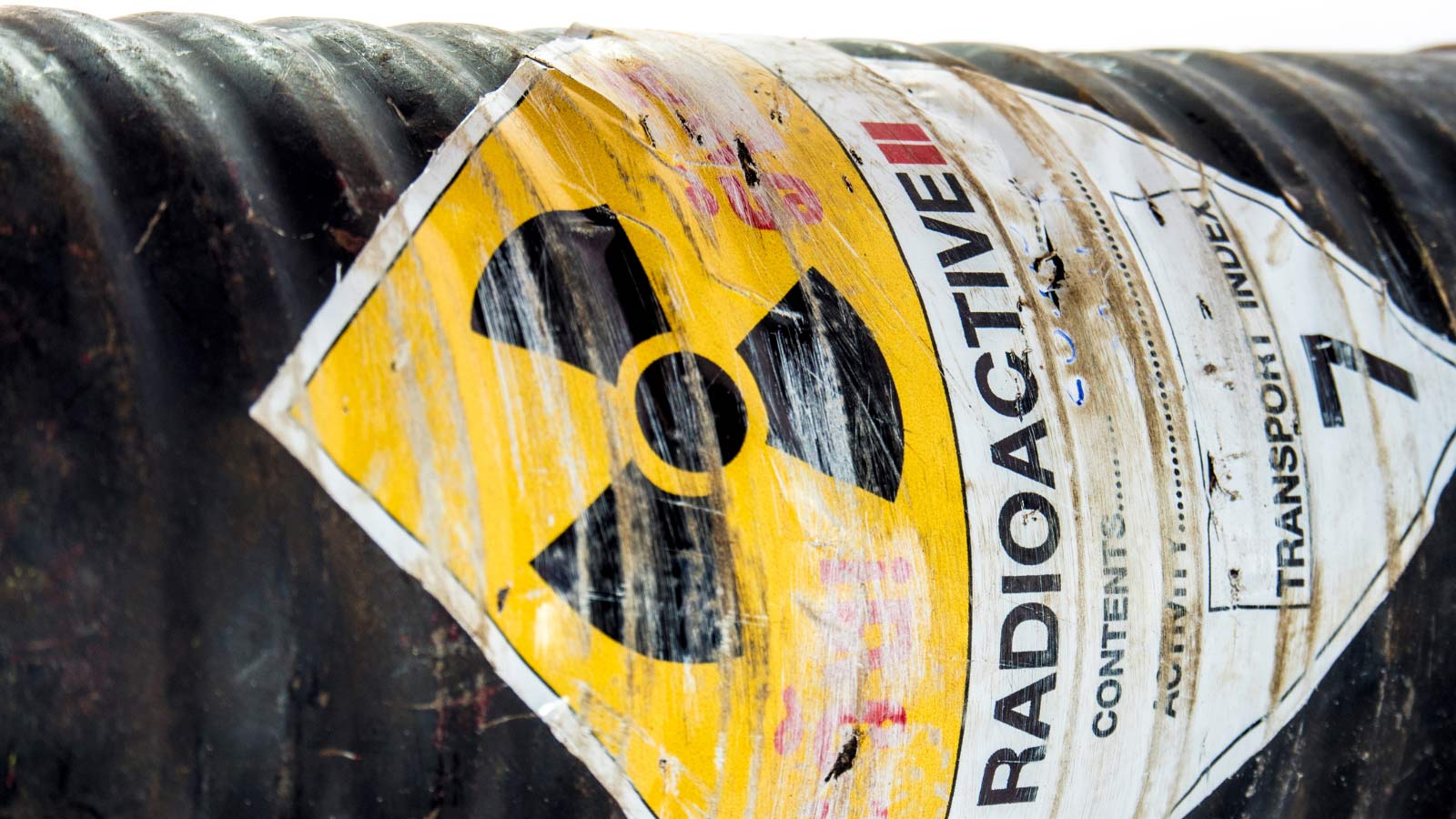
As the world becomes increasingly conscious of environmental issues, industries must prioritize sustainability in their operations. Hazardous materials transportation, given its potential environmental risks, holds a critical responsibility to minimize its impact on the planet. In this blog post, we will delve into the importance of sustainability in hazardous materials transportation and explore the innovative practices and technologies that can help reduce its environmental footprint.
Embracing Eco-Friendly Packaging:
The first step towards sustainability in hazardous materials transportation is adopting eco-friendly packaging materials. Biodegradable, recyclable, or reusable packaging options can significantly reduce the environmental impact of transporting hazardous materials. Companies should explore sustainable alternatives without compromising safety standards to make a positive contribution to environmental preservation.
Efficient Route Optimization:
Optimizing transportation routes is not only cost-effective but also reduces emissions and energy consumption. Employing advanced route planning software and real-time traffic monitoring enables carriers to choose the shortest and least congested paths, minimizing the overall carbon footprint of hazardous materials transportation.
Implementing Green Technologies:
Advancements in technology offer sustainable solutions for hazardous materials transportation. Electric or hybrid vehicles can replace conventional fuel-powered trucks, reducing greenhouse gas emissions significantly. Additionally, investing in fuel-efficient engines, renewable energy sources, and emission control systems can further enhance sustainability efforts.
Collaboration and Consolidation:
Collaboration among industry stakeholders can lead to a more sustainable transportation ecosystem. Companies can work together to consolidate shipments and reduce the number of transportation trips, thus lowering emissions and energy consumption. Leveraging shared distribution centers and intermodal transport can also optimize logistics and reduce environmental impact.
Training and Education:
Well-trained personnel play a crucial role in sustainable hazardous materials transportation. Companies should invest in comprehensive training programs that focus on safe handling practices, environmental awareness, and waste reduction. Educating employees about the significance of sustainability fosters a culture of responsibility and encourages individuals to actively participate in environmental preservation efforts.
Waste Management and Recycling:
Implementing effective waste management practices is essential for sustainable hazardous materials transportation. Companies should develop strategies for proper disposal or recycling of hazardous materials containers and packaging. Partnering with certified waste management facilities ensures compliance with environmental regulations and minimizes environmental harm.
Continuous Improvement and Innovation:
Sustainability is an ongoing journey, and companies must continually seek ways to improve their practices. Encourage employees to propose innovative ideas and solutions that enhance environmental sustainability. Conduct regular audits to evaluate the effectiveness of sustainability initiatives and identify areas for further improvement.
Sustainability in hazardous materials transportation is no longer an option but a necessity. As environmentally responsible citizens and industry leaders, it is our duty to protect the planet for future generations. By adopting eco-friendly packaging, optimizing transportation routes, implementing green technologies, and fostering collaboration, we can reduce the environmental impact of hazardous materials transportation. Emphasizing training, waste management, and continuous improvement ensures a holistic approach to sustainability. Let us unite our efforts, embrace innovation, and work towards a greener and more sustainable future in hazardous materials transportation. Together, we can make a significant positive impact on the environment while maintaining the highest safety and compliance standards.
